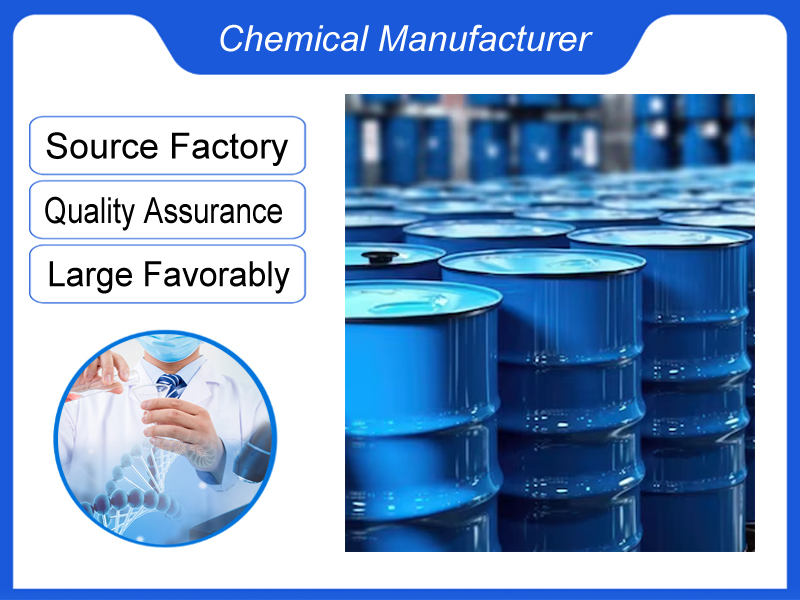
2,4-difluorophenylboronic acid
We are a manufacturer based in China. We specialize in providing high-quality 2,4-difluorophenylboronic acid for industrial clients across various sectors. Whether you need chemicals consultation or technical support, our team is here to help.
Category:Semiconductor Display Materials Own Brand:MT /MOQ:100KG /From China/ B2B only.
Introduction
2.4-Difluorophenylboronic acid is an organoboron compound with two fluorine substituents on the phenyl ring and a boronic acid group. This compound is widely used in organic synthesis and material science due to its unique reactivity and structural properties.
Key Properties
| Property | Details |
|---|---|
| IUPAC Name | 2.4-Difluorophenylboronic acid |
| CAS Number | 144025-03-6 |
| Molecular Formula | C₆H₅BF₂O₂ |
| Molecular Weight | 157.91 g/mol |
| Category | Pharmaceutical intermediate |
| Appearance | Off-white to light beige or yellow powder |
| Boiling Point | ~251.0°C |
| Melting Point | 247-250°C |
| Density | ~1.35 g/cm³ |
| Storage Conditions | 0-6°C, sealed |
| Synthesis Method | Reaction of trimethoxyborane with 1-bromo-2.4-difluorobenzene |
| Applications | Suzuki coupling reactions, synthesis of fluorescent iridium(III) complexes |
Synthesis
2.4-Difluorophenylboronic acid can be synthesized via the reaction of trimethoxyborane with 1-bromo-2.4-difluorobenzene. The process involves reacting 1-bromo-2.4-difluorobenzene with trimethoxyborane in the presence of a suitable catalyst and solvent. After purification, 2.4-Difluorophenylboronic acid is obtained with a yield of approximately 74%.
Applications
In organic synthesis, 2.4-Difluorophenylboronic acid serves as a valuable building block for the preparation of complex molecules, particularly those requiring defined stereochemistry and functionality. It is widely used in Suzuki coupling reactions, which are important for the formation of carbon-carbon bonds in organic synthesis. Additionally, the compound is used in the synthesis of fluorescent iridium(III) complexes, which have applications in optoelectronic devices such as photodiodes. The boronic acid group can be further transformed into other functional groups, expanding the scope of its applications.
Disclaimer: The above content is for reference and communication only among industry insiders, and does not guarantee its accuracy or completeness. According to relevant laws and regulations and the regulations of this website, units or individuals who purchase related items should obtain valid qualifications and qualification conditions.
If you're ready to take the next step, Leave your message below and we’ll reply soon. 20+ years of chemical manufacturing & export experience, a partner you can trust.





